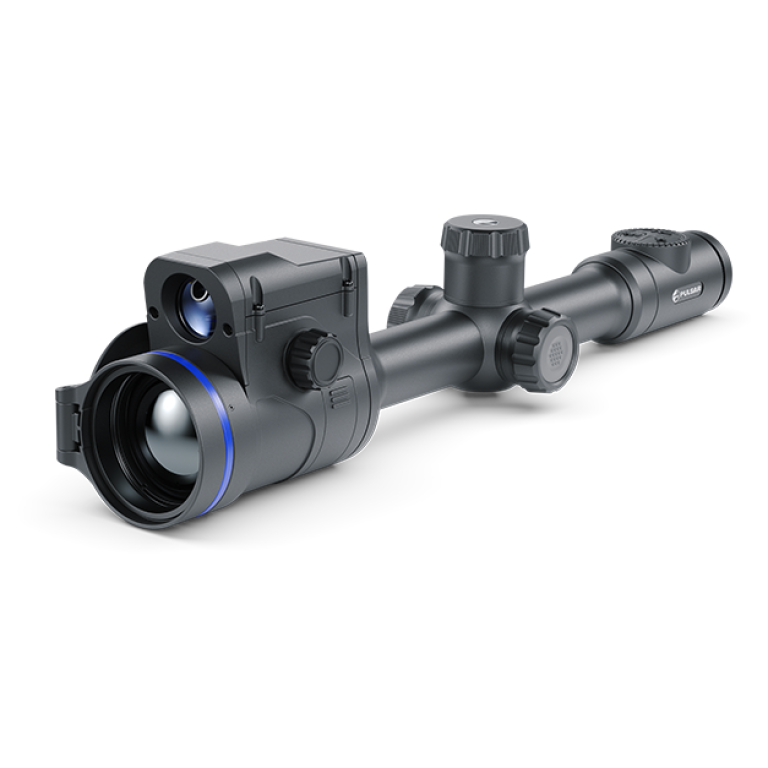Pulsar scopes in Australia may be perfect when you shoot in low or zero light conditions for self-defence, home surveillance or hunting. A thermal scope is sometimes called a thermal imaging scope and it is a high-tech piece of equipment used on firearms to boost visibility at night or in low light conditions. The basics of this scope are that it detects the heat radiation that living things produce and creates a visual image from the heat.
Thermal scopes aren’t the same technology as night vision devices. They work differently. Thermal scopes can allow shooters to see in total darkness without the aid of starlight. This can create a huge advantage both for surveillance and hunting. It can be indispensable in tactical situations where you can control or eliminate lighting, giving those with thermal imaging devices a unique advantage over those who don’t have it.
How do thermal scopes work?
Thermal scopes detect infrared radiation and convert the data into a usable image. Every object emits some form of heat. A thermal scope uses heat to create thermograms or images. Living things such as animals, people and running vehicles emit more heat than ambient objects such as plants, buildings and objects. Thermal imaging technology shows likely targets brighter than surrounding areas.
It only takes a fraction of a second for the infrared detector to gather the necessary data and transform it into a photo. This makes thermal scopes great at distinguishing these objects from each other in total darkness. This makes them different from night vision equipment because they don’t need any source of light to function.
Night vision vs. thermal imaging
Both night vision scopes and thermal scopes serve the same purpose. The main purpose is enhanced visibility but that is the end of the common ground. The biggest difference between the two is the technology that each of these devices uses to function.
Night vision devices take existing light and amplify it. This can be starlight, moonlight or a single LED status light on an outdoor fixture or appliance. They are great for low light but aren’t great in absolute darkness. Smoke, fog or too much light will affect them.
Thermal scopes read the signature of heat of each object in the detection field. They are not affected by fog, lighting conditions and standard smoke. They can function in complete darkness and through some obstacles of light that negatively affect night vision. Thermal scopes have shorter ranges because they struggle to offer the same level of detail as the detail you can achieve with night vision. This makes long-distance target differentiation hard.
Final verdict
Pulsar scopes Australia have revolutionized the way we shoot and see in the darkness. They offer capabilities that night vision devices could never achieve. They also detect heat signatures and provide visibility in smoke, fog and through some light obstacles. They bring their unique features to the shoot. Getting the right thermal scope for your needs is very important. The market is full of different devices that you can choose from.

